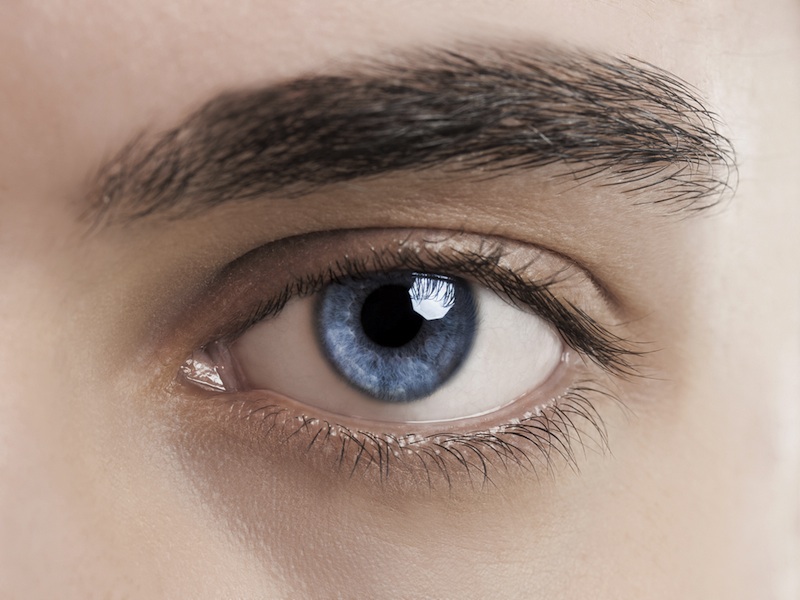An Artificial Eye That Can See?

Scientists say they've cracked the neural "code" in a mouse's retina to create a device that restores near-normal sight in blind mice. They've also claimed to decipher the same code in a monkey's retina, boosting hopes for a major bionic breakthrough — an artificial human eye that can see.
"We can make blind mouse retinas see, and we’re moving as fast as we can to do the same in humans," lead researcher Sheila Nirenberg, a professor at Weill Cornell Medical College in New York, said in a statement.
Current prosthetic eyes for humans have electrodes that stimulate the retina’s output cells, called ganglion cells, which are often left intact even when the rest of eye's hardware is destroyed by diseases that cause blindness. But these stimulators only allow the blind to see rough visual fields. To restore normal sight, the researchers say artificial eyes must incorporate the code that allows the retina to translate signals from photoreceptors into meaningful images.
"Not only is it necessary to stimulate large numbers of cells, but they also have to be stimulated with the right code — the code the retina normally uses to communicate with the brain," Nirenberg explained. "This is the first prosthetic that has the potential to provide normal or near-normal vision because it incorporates the code."
Nirenberg and her team say the mathematical equations of the code can be put on a "chip" and combined with a mini-projector. The chip would convert images encountered by the eye into streams of electrical impulses, and the mini-projector would then convert the electrical impulses into light impulses. These light impulses would then trigger light-sensitive proteins — which would be introduced into the retina's ganglion cells by gene therapy — to send the code to the brain, according to a statement from Weill Cornell.
The researchers tested this method on blind mouse retinas and reported that the chip restored near-normal sight.
"It jumped the system’s performance up to near-normal levels — that is, there was enough information in the system's output to reconstruct images of faces, animals — basically anything we attempted," Nirenberg said.
Sign up for the Live Science daily newsletter now
Get the world’s most fascinating discoveries delivered straight to your inbox.
The researchers said they also worked out the code for monkey retinas, which are nearly identical to human retinas. But before blind people can be outfitted with high-performing bionic eyes, the researchers' device likely will have to undergo several clinical trials, especially to test safety of the gene therapy component.
Their work appears in the Proceedings of the National Academy of Sciences.










